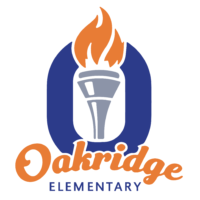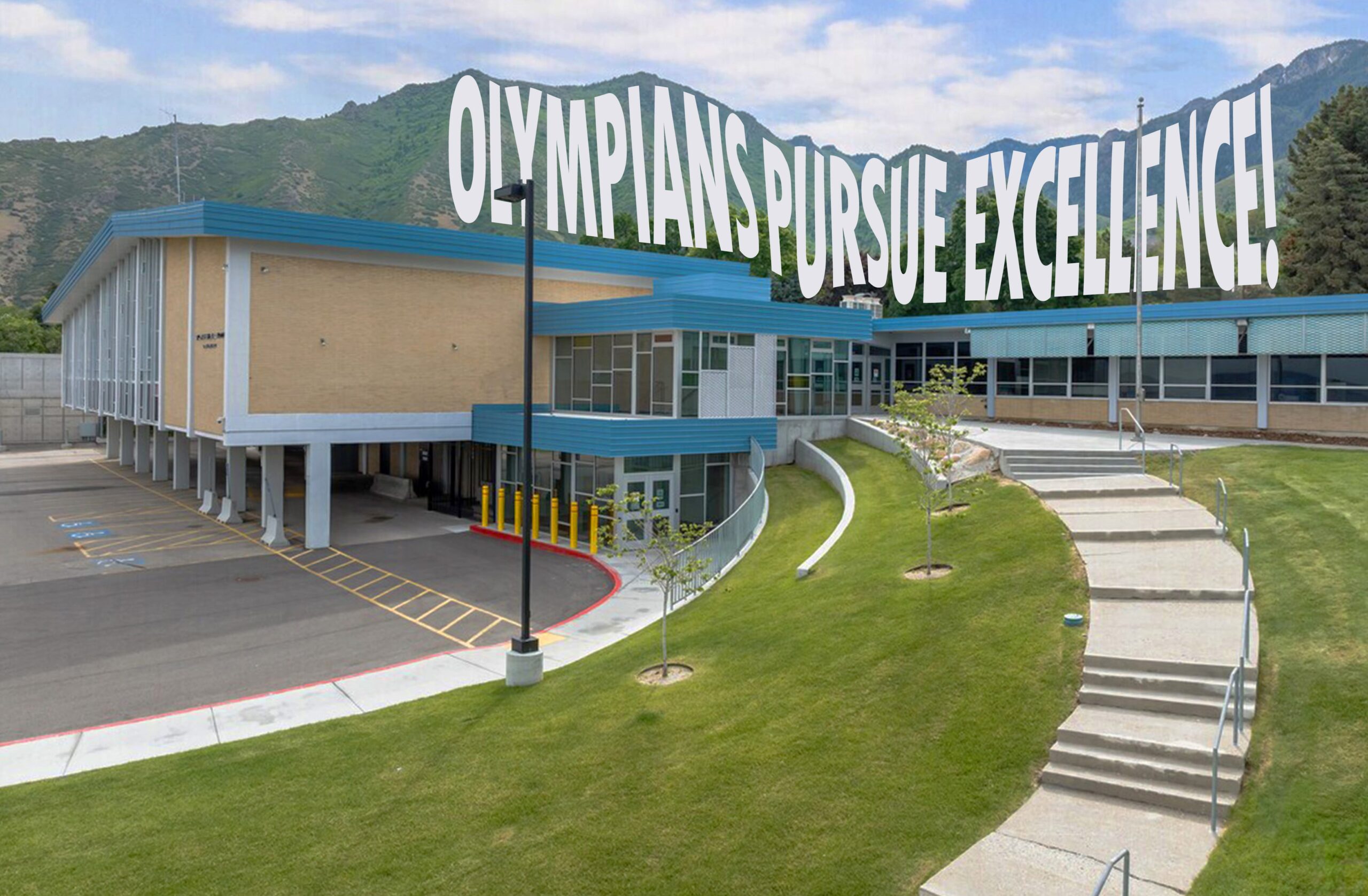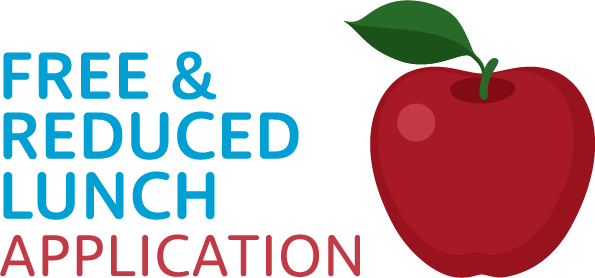Our Oakridge Elementary Reopening Plan has been approved and is available below. This should help you make an informed decision about which learning modality will be best for your child(ren) to begin the 2020-2021 year. Please remember to return a Learning Request Form for each child that will be attending Oakridge Elementary this year. These need to be submitted by August 6 to Principal Drummond in the office or via email at cdrummond@graniteschools.org.
Thank you! We look forward to working with you this year.
Oakridge Elementary Condensed Reopening Plan
Communication and training
• Develop school reopening protocol and plans including input from SCC, PTA, and staff
• Share plan with district, community, and staff (website, email, phone message, social media)
• Christine Drummond is the point of contact person for Oakridge Elementary. Contact information: Phone (385)646-4936 Email cdrummond@graniteschools.org
• Weekly communication with community (updates, changes, best practices for preventive care, etc.)
• Pre-write statements to be used in case of confirmed cases or outbreak
• Train all personnel on plan and protocols (August staff meetings)
• Prepare or procure training videos for staff, students, and families
Accommodating Individual Circumstances (e.g., High-Risk, Personal Decisions)
• Develop process (document or flowchart) for identification of ‘high-risk’
• Provide alternate learning as requested
• ‘High-risk’ employees work with Human Resources to minimize risk
• Review Health Care Plans, IEPs, and 504s to address risk for exposure and accommodate as needed
• Consider emotional and social needs of students (peer interaction, breaks)
• Consider emotional and social needs of staff (stress levels, breaks)
School Schedules
Granite School District has three schedules they are prepared to implement depending on what may be happening due to the virus. The three schedules are Regular, Modified, and Dismissal.
• With the Regular Schedule, students will be allowed to attend school every day based on the board approved calendar with increased safety and mitigation measures in place. We plan to implement this schedule unless we are notified that a change is required.
• On a Modified Schedule, school will operate on a split A/B schedule Monday through Thursday. Half of the students will come to the building on Monday and Wednesday and the other half on Tuesday and Thursday. Students not receiving in-person instruction will utilize distance learning. On Fridays, all students will receive distance learning. Teachers will use Fridays for planning, small group meetings, and interventions. Students will be divided alphabetically by last name (A-L will attend in person Monday and Wednesday, M-Z will attend in person Tuesday and Thursday) so students in the same families will be on the same schedule. Accommodations will be made on a case-by-case basis.
• The third schedule is a Dismissal Schedule. We will only utilize a dismissal schedule as a class, grade, or school in the event of an outbreak and in consultation with the Health Department.
• Our school can be on any one of these schedules regardless of what color phase the state, county, or city is in.
• These plans will be communicated to all stakeholders through email, website, phone message, social media, and hard copy where needed.
Monitoring Incidents
• Develop and train all staff on school’s protocol for symptom monitoring during August staff meetings
• Establish a plan to assist families in conducting symptom checking at home and communicate the plan to families with our information packet provided at the beginning of school
• Monitor staff and student symptoms and absenteeism carefully
• Educate and promote “If you feel sick, stay home”
• Do not allow symptomatic people to physically return to school until they meet Health Department criteria or are cleared by a medical provider
• Implement more lenient absentee policies
• Provide options to have the school check for symptoms
Containing Potential Outbreaks
• Train staff on protocol for containing potential outbreaks during August staff meetings (use guidance and protocol from district and Health Department)
• Consult with local Health Department to trace a positive COVID-19 case
Transition Management Preparation
• Develop communication procedures for staff and students in case of reclosure (phone calling tree, text, email, etc.)
• Provide remote learning via technology or a hard copy
• Distribute pre-written statements in case of confirmed case or outbreak
Mitigating Tactics for Specific School Settings
Classrooms
• Educate and train students on increased hygiene and health awareness
• Require students and staff to wear face coverings
• Assign seating
• Maximize space between desks and seating
• Seat students facing forward
• Move nonessential furniture and equipment out of classrooms to increase distancing footprint
• Provide each class with a cleaning bucket containing sanitation supplies
• Provide and label used rags container
• Allow student use of water bottles (brought from home or school purchased) – No use of drinking fountains
• Mark floor to indicate where students line up in classroom for distancing
• Keep individual student books and supplies at each desk – No sharing of materials
• Use individual student sets of manipulatives when possible with scheduled sanitation of manipulatives after use
• Provide sanitizer
Transitions
• Apply floor markings and signage to direct traffic flow and provide distancing
• Increase time for transitions to minimize number of students in confined areas (one class dismissed at a time)
• Use alternate methods of providing water – No use of drinking fountains
• Prop doors open to reduce touch
• Clean high-touch surfaces before and after transitions
• Require students and staff to wear face coverings during transitions
• Monitor and minimize congregation of students during transitions
Entry/Exit Points
• Designate entry/exit flow paths
• Limit nonessential visitors and volunteers
• Establish protocol for any non-regular staff including temperature checking, if advised, and wearing of face coverings
• Establish protocols for drop off/pick up and communicate to families (drop off and pick up as close to the bells as possible, drivers stay in cars when picking up students)
• Make hand sanitizer available for entry/exit
• Hang signage encouraging physical distancing
• Before school, students line up by class at a grade level designated door and stand on dots painted on the sidewalks and blacktop so they are spaced out appropriately
• Have one class enter at a time and keep appropriate spacing
Transportation
• Establish protocols for drop off/pick up and communicate to families (drop off and pick up as close to the bells as possible, drivers stay in cars when picking up students)
• Oakridge Elementary is a walking school. If busing is needed, require face coverings for all passengers and maximize physical distancing
Restrooms
• Display signage and instruction on proper hand hygiene
• Increase cleaning times for high touch areas
• Schedule bathroom breaks for individual classes
• Minimize number of individuals in restroom during non-scheduled restroom needs (hooks on wall outside bathroom for passes so no more than 3 students in the bathroom at a time)
• Apply floor markings to encourage physical distancing while waiting
• Require face covering while in the restroom
• Assign grade levels to specific bathrooms (lower grades use lower hall bathrooms; upper grades use upper hall bathrooms)
Lunch/Cafeterias
• Reverse lunch and recess schedule for 2020-2021 school year (students eat lunch first)
• Modify schedule so only one grade level eats at a time
• Apply floor markings and signage to designate serving line flow paths
• Eliminate self-service bars
• Increase time between lunches for proper sanitization
• Increase cleaning and disinfecting of high touch surfaces and tables
• Have students and staff use sanitizer before and after meals
• Use outdoor areas for eating when possible
• Assign seating at lunch tables by class
• Reduce number of students seated at a table
• Have home lunch students line up first so they can go directly to their assigned seat, thus reducing congestion at the cafeteria entry
• Students wear masks when in line, hook masks to individual lanyards when seated, put their masks back on when done eating
• Students raise their hand to be excused to throw away trash and go to recess
• Encourage use of paper sacks and disposable packaging instead of lunch boxes
Large Group Gatherings (e.g. assemblies, performances)
• Cancel or limit non-essential gatherings
• Record assemblies to be viewed in classrooms or at home
• Hold virtual meetings when possible
• Wear face coverings
• Maximize use of space for social distancing
Unique Courses with Higher Risk of Spread
• Move staff to students, when possible, and limit the transition of students to other locations
• Hold PE and dance outside when weather permits
• Distance PE and dance in the gym during inclement weather
• Assign ‘spots’ for distancing during PE and dance
• Build in time for sanitation between sessions and use
• ‘Art-on-a-Cart’ service pattern
Setting Mitigation Strategies Recess and Playground
• Designate class assigned area of play and rotate assigned area each day (could include lower field, walking track, blacktop, upper field, playground)
• Modify recess schedule so only one grade level is out at recess at a time
• Eliminate morning or afternoon recess, but lengthen the time of the other recess (one longer recess as a grade level instead of two shorter recesses with multiple grades)
• During lunch recess, students continue to play in assigned area
• Some recess time may be structured to teach students activities that allow for play while utilizing safety measures
• Eliminate use of large playground equipment
• If school can secure additional recess support, consider use of playground equipment that is disinfected after each recess
• Require face coverings when social distancing is not possible
• Students line up at the grade level designated door and stand on dots painted on the sidewalks and blacktop before re-entering the building
Special Education, Related Services, or School Counseling (e.g. School Psychologist, Speech Language Pathologist, etc.)
• Increase transition time to allow for cleaning and handwashing
• Provide plexiglass, face shields, or auxiliary aids for one-on-one close contact
• Offer reasonable accommodations for students who are unable to wear face coverings
• Assign seating
PD/Faculty Meetings
• Employ the use of social distancing during faculty meetings or staff professional development
• Conduct virtual meetings when possible and effective
• Require face coverings
• Provide hand sanitizer upon entering and exiting
• Sanitize touch surfaces after meeting
Before/After Student Supervision
• Encourage students to arrive to school at an appropriate time (no more than 10 minutes before the start of school)
• When students arrive, they line up by class at the grade level designated door and stand on dots painted on the sidewalks and blacktop so students are spaced out appropriately
• Schedule staff outside supervision before and after school
• Post signage around building to remind patrons and students of guidelines regarding physical distancing and wearing face coverings
• Utilize volunteer Safety Patrol Members to help with procedures (following modified guidelines)
Drop Off/Pick Up Areas
• Communicate school protocols for drop-off/pick-up (designated area in front of the school)
• Encourage parents to stay in cars when dropping off or picking up students
• Encourage students to move to their entry location
• Encourage students to follow social distancing guidelines and wear face covering
• Designate entry/exit flow paths
• Before school, students line up by class at a grade level designated door and stand on dots painted on the sidewalks and blacktop so students are spaced out appropriately
• One class enters at a time and keeps appropriate spacing
• Limit nonessential visitors and volunteers
• Establish protocol for any non-regular staff including temperature checking, if advised, and wearing of face coverings
• Have hand sanitizer available for entry/exit
• Hang signage encouraging physical distancing
Front Office
• Install plexiglass dividers • Limit number of individuals in front office area
• Require face coverings for all adults and children when interacting with the front office staff
• Provide social distancing markers in office and entry way
• Provide hand sanitizer upon entry and exit
• Prop open entry door to minimize touch
• Frequent and scheduled sanitation of touch surfaces
• Request that parents wait outdoors while waiting for a student they are checking out early from school
• Use office for students who are not ill (COVID and non-COVID symptomatic students wait in designated areas)
• Follow procedures for handling materials delivered to the office (student work and materials, notes, donations, etc.)
P/T or SEP Conferences
• Staggered schedule allowing for virtual or in-person conference time
• Require face coverings during in-person conferences
• Provide hand sanitizer upon entry and exit
• Sanitize touch surfaces after each in-person conference
Safety and Fire Drills
• Develop protocol and train students how to appropriately exit the building during fire drills
• Schedule fire drills and inform teachers of the date and time
• Prop doors open before drill begins
• Designate line areas with distancing between classes and students
• Teachers pre-teach expectations for safety • Scheduled drills protocol will require staff and students exit the building in a slower, distanced, reduced-congestion manner
• If the fire alarm sounds when a drill is not scheduled, staff and students exit the building quickly (priority is fire safety vs COVID)
• Lockdown and earthquake drills will be conducted as normal
Patron Meetings
• Patron meetings with administration or staff by appointment only
• Ask patrons to reschedule if ill
• Hold virtual patron meetings when and where possible
• Follow social distancing guidelines and require face coverings
• Provide hand sanitizer upon entry/exit of in-person meetings
• Sanitize touch surfaces after meeting
Library/Media Centers
• Follow district guidelines for library service
• Utilize SORA digital library and Destiny online catalog
• Store returned library books in bin for 3 days before being recirculated
• ‘Library-on-a-cart’ service pattern (librarian goes to classes to read to students and deliver books)
• If students need to go to the library, maximize space for social distancing
• Schedule sanitizations of touch surfaces during the day
• Require face coverings
IEP/Special Ed Meetings
• Follow social distancing guidelines and require face coverings
• Provide hand sanitizer upon entry/exit of in-person meetings
• Sanitize touch surfaces after meeting
• Schedule and hold virtual meetings where and when possible
Multi-Purpose Room
• Maximize social distancing when using multi-purpose room
• Schedule single-class use of room when possible
• Sanitize materials between classes
• Cancel or limit non-essential use
• Specify entrance and exit
• Require face coverings
PE/BTS classes
• Follow district guidelines for PE, dance, and art
• Move staff to students, when possible, and limit the transition of students to other locations
• Require face coverings
• ‘Art-on-a-Cart’ service pattern for art
• Minimize shared art supplies and increase time for sanitization between classes (no art volunteers, so limit number of art mediums used)
• Outdoor PE and dance when weather permits
• Distance PE and dance in the gym during inclement weather
• Assign ‘spots’ for distancing during PE and dance
Hallways
• Apply floor markings for flow pattern and distancing in each hallway
• Teach “single-file, face forward” protocol for walking in hallways
• Limit number of classes in hallway at a time
• Monitor and minimize student congregation when transitioning in hallway to new location
• Use alternate methods of providing water – No use of drinking fountains
• Require students and staff to wear face coverings










